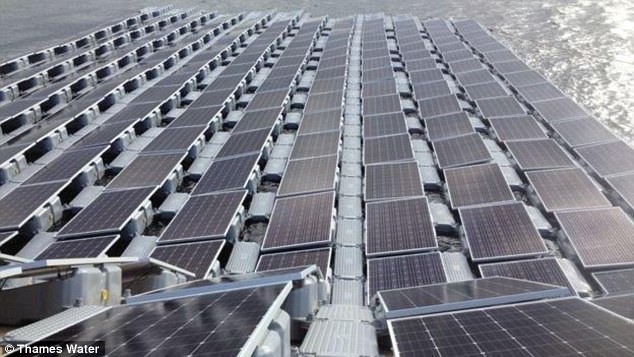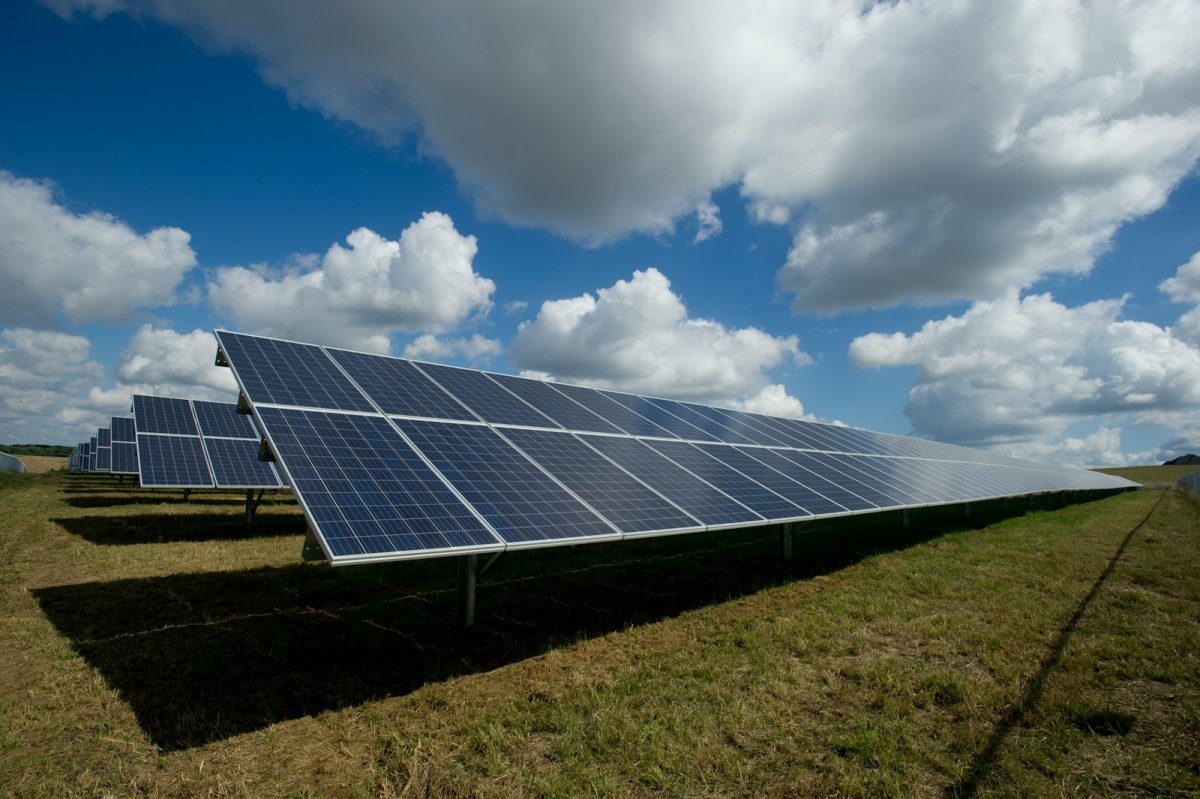
Introduction
On March 5th, 2025, Japan launched its first fully solar-powered data center in Nagano Prefecture. This data center is designed to run solar power, using solar panels and battery storage systems. This is a major step towards sustainable tech, as Japan tries to reduce its carbon emissions while supporting the growing demand for digital infrastructure. The Japanese government and other tech companies worked together to create this facility. This facility aims to set an example for the rest of the world in how to use clean energy for data storage.
How it works
The solar-powered data center in Nagano Prefecture works by using solar panels to capture sunlight and convert it into electricity. This energy is then stored in battery storage systems, which ensure a steady power supply even when the sun isn’t shining. The facility is designed to run entirely on solar power, powering all of its operations, from data storage to cooling systems. By utilizing this renewable energy source, the data center reduces its reliance on conventional power grids, which helps cut down on carbon emissions. The advanced battery storage ensures that the center can function efficiently, even during periods of low sunlight, maintaining a sustainable and uninterrupted operation. This innovative approach highlights the potential for clean energy to support the digital infrastructure of the future.
It’s Impact on America
This event could affect America in a number of ways. As Japan leads in renewable data tech, U.S. com panies might feel pressured to follow and invest in green solutions. If the U.S. adopts solar-powered data centers, this could lower the cost of running digital systems, and reduce the country’s carbon footprint. If the U.S. adopts solar-powered data centers, it could make data storage more energy-efficient. The technology could also create jobs in the green energy sector, as companies will need workers to design, build, and maintain these systems. Additionally, this could push American lawmakers and lobbyists to make stronger policies on clean energy and climate change. This could help set a clearer path for renewable energy development. Over time, this could change how America handles its digital infrastructure, making the country both a tech leader and a climate change problem-solver. By adopting solar-powered data centers, the U.S. could also be part of a larger global effort to combat climate change while supporting the digital economy. Moreover, this transition could lead to a significant reduction in dependence on fossil fuels, fostering long-term sustainability. It could also inspire other nations to follow suit, creating a ripple effect in the global digital landscape.
panies might feel pressured to follow and invest in green solutions. If the U.S. adopts solar-powered data centers, this could lower the cost of running digital systems, and reduce the country’s carbon footprint. If the U.S. adopts solar-powered data centers, it could make data storage more energy-efficient. The technology could also create jobs in the green energy sector, as companies will need workers to design, build, and maintain these systems. Additionally, this could push American lawmakers and lobbyists to make stronger policies on clean energy and climate change. This could help set a clearer path for renewable energy development. Over time, this could change how America handles its digital infrastructure, making the country both a tech leader and a climate change problem-solver. By adopting solar-powered data centers, the U.S. could also be part of a larger global effort to combat climate change while supporting the digital economy. Moreover, this transition could lead to a significant reduction in dependence on fossil fuels, fostering long-term sustainability. It could also inspire other nations to follow suit, creating a ripple effect in the global digital landscape.
Conclusion
In conclusion, Japan’s first fully solar-powered data center is a big step forward for sustainable technology, showing the world how clean energy can power digital services. As this idea spreads, it could inspire changes globally, especially in the U.S., where similar green solutions could cut energy costs, reduce carbon footprints, and create green jobs. By leading in renewable tech, Japan is meeting the growing need for digital services while helping fight climate change. This shift to solar-powered data centers is a key move towards a more sustainable and energy-efficient digital future.
RELATED STORIES:
https://www.saurenergy.asia/floating-data-center-in-japan-to-run-on-renewable-energy/
https://global.jaxa.jp/projects/sat/ikaros/topics.html





